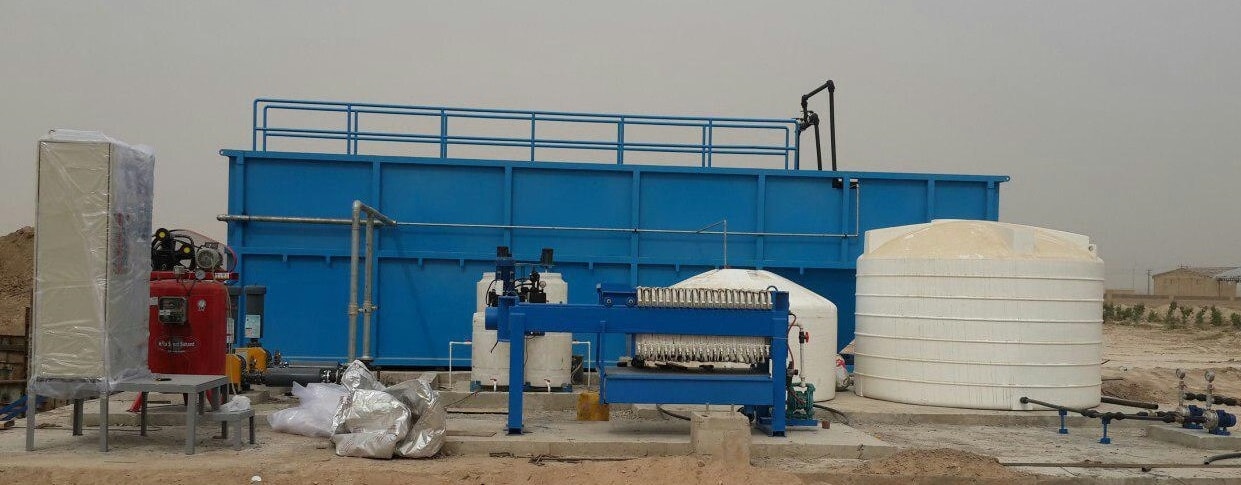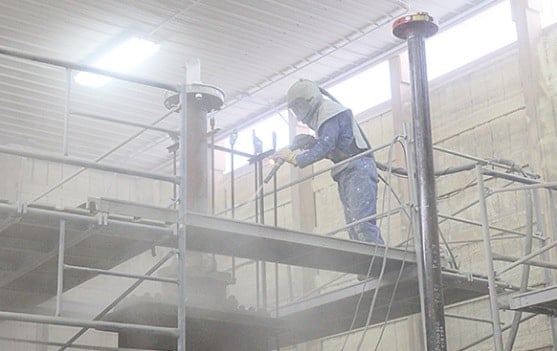The color coating of the wastewater treatment package
The color coating of the wastewater treatment package
The color coating of the wastewater treatment package is a very important part of making the wastewater treatment package. Generally the thickness of this coating should be between 240 and 400 microns. When purchasing a wastewater treatment package, care must be taken to cover the body color. Dimensions and volume of ponds, package color coating, package sex and thickness, aeration rate, type of air diffuser, type of blowers, sewage collection and disposal system are the main components of sewage treatment package. Package prices are a function of these indices.

After the construction of the steel structure with the exact dimensions of the different ponds, the body of the package must be carefully painted. This coloring is very important because the sewage is very corrosive. Wastewater in the vicinity of iron decreases the life of the package and destroys the package sheet. Therefore, the coloring of the package should be performed with precision with the substrate and according to the standard.

It is important to clean the surface of rusts, welding sites, contaminants such as grease and dust. If the best color is used but the color substrate is not suitable, the color will disappear in a short time. The best way to prepare a color cushion is to use a sandblast. Sandblasting means spraying compressed air with sand. Sandblasting is done for two reasons:
- Eliminate all surface contamination
- Surface roughening to improve primer adhesion to the surface
The higher the standard sand, and the air pressure is above 7 bar, the finer the blasted sandpaper is, the better the adhesion. In this method, the compressor delivers compressed air to the sand blast boiler. From the sand blast boiler, it is controlled in a compressed air path and exits the nozzle. And the nozzle is applied to the metal surface and the surface becomes clean, rough and sticky.
Wastewater Treatment Package Sandblast Tips
- The compressed air should be oil-free and completely dry.
- The sand size for the sandblast should be exactly 0.3 to 3 mm.
- If the sandblast surface is high and there is a chance of precipitation, a thin primer layer should be applied first. Then, at the appropriate time, another layer of the primer is executed. This primer runs up to a maximum of 75 microns.
- The blast nozzle and metal surface should be at an angle of 45 degrees to the outlet.
- The silicate xing primer should only be applied on the surface of the sandblast.
- The minimum sandblast surface roughness should be 25 microns.
- Sandblasting should be done in dry weather.
- When flange blasting document, the flange gasket should be covered and the blasting document should not be covered.

